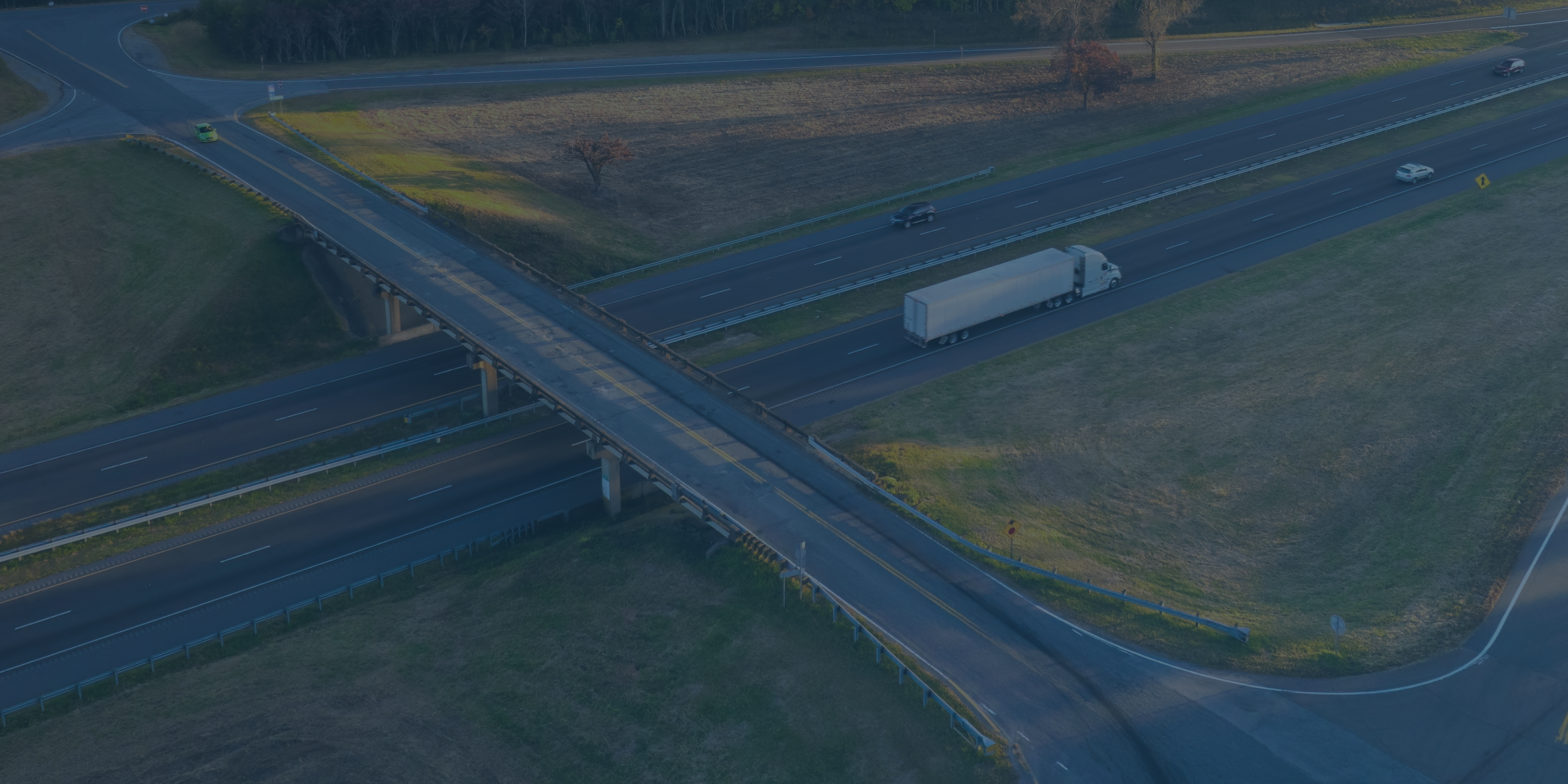Is Telematics Data a Solution for Premium Leakage in Commercial Auto Insurance?
Arissa Dimond

Premium leakage—the growing profitability crisis.
Commercial auto premium leakage is draining billions from insurance companies, highlighting underpriced policies that have resulted in continued premium increases for this market.
The Council of Insurance Agents & Brokers (CIAB) reports a 10.4% increase in commercial auto premiums in Q1 of 2025, a 1.5% increase from the last quarter of 2024. And while many factors contribute to increases, premium leakage is one that shouldn’t be overlooked.
To address premium leakage, we must explain why it’s a problem for commercial auto insurers and how underwriters, equipped with telematics data, can more accurately assess risk to price premiums—lowering the likelihood of leakage.
The Premium Leakage Hurdle for Commercial Auto Insurance
Premium leakage, in the context of commercial auto insurance and underwriting, refers to a loss in revenue due to incomplete or incorrect premium calculations, resulting in underpriced policyholders.
In commercial auto insurance, when insurers navigate constricted profit margins and thousands of drivers within a policy, leakage can build up quickly. Here are some scenarios of how it happens:
- Recent expansion outside of original area of operations
- Misreported or underreported rating factors such as mileage
- A failure to update newly hired drivers
- A garaging address or ZIP code that’s outdated
These seemingly small actions are often the result of siloed or poor data, fractured workflows and manual underwriting decisions—ultimately increasing an insurer’s loss exposure or mispriced premiums.
Premium leakage can plague commercial auto insurers, particularly with the rising severity of claims.
The steep price tag of vehicle repairs is a large contributor to this influx of claim severity. In SambaSafety’s 2025 Driver Risk Report, Mike Anderson, owner of Collision Advice, stated that, “ADAS has redefined repairability…which has increased the average severity between $300 to $800 more per claim on new vehicle models.”
When a loss occurs, insurers may be forced to increase premium prices for new and existing policyholders due to premium leakage from misrepresented or inaccurate pricing. Bogged down by claim severity and loss of revenue, commercial auto insurers are left looking for an answer.
Where Telematics Data Can Help Prevent Premium Leakage
The commercial auto insurance market has seen persistent unprofitability, with combined ratios over 100% for much of the last decade. In this challenging environment, adopting telematics is imperative to regain underwriting control and address leakage head-on.
And while telematics in commercial auto insurance cannot solve all of the complexities and nuances of premium leakage, it can improve underwriting and risk assessment efforts. Here are some concrete ways on how:
- Clarity in risk segmentation: Telematics offers underwriters a vast amount of granular data on variables such as fleet driving routes, mileage, time of day and high-risk driving behavior. This level of data provides underwriters with accurate and comprehensive information, allowing them to assess the level of risk associated with each policyholder and set premiums that are appropriate and reflective of the actual risk.
- Proactive identification of evolving risk: Fleets are dynamic. Telematics in commercial auto insurance allows underwriters to be proactive as risk evolves. For example, a written policy from six months ago may not reflect how that fleet operates today. New routes, increased mileage or less experienced drivers can change the risk profile for that policyholder.
Telematics provides continuous data. If there is an uptick in aggressive driving or a shift in operation hours, continuous telematics monitoring can flag these shifts to the insurer—enabling prompt policy reviews and necessary premium adjustments that would reduce the likelihood of premium leakage.
- Collaboration in risk mitigation: As insurance companies work with their insured, telematics opens the door for both parties to work on safety initiatives such as driver monitoring and training. This partnership between an insurer and insured creates a mutual investment in risk reduction.
Telematics can also give a deeper insight into specific variables like garaging, fraud or route tracking that are often unreported or misrepresented during the quote process. Commercial auto insurers can leverage telematics to bring visibility to areas frequently associated with premium leakage.
Telematics Aggregation for Scalable Underwriting
While telematics is already transforming how commercial auto insurers assess risk, many underwriting teams still face a practical hurdle: data fragmentation. Fleets often rely on different telematics providers, OEM-installed systems or fleet management software that make it difficult for insurers to collect, normalize and act on that data at scale.
That’s where telematics aggregation comes in.
Telematics aggregators like SambaSafety serve as a centralized layer connecting insurers to multiple telematics and IoT sources through a single integration. These platforms pull data from telematics systems and then standardize it into a format that underwriters can actually use. This unlocks accurate, real-time insights without requiring fleets to adopt new hardware or software.
For underwriters, telematics aggregation means:
- Validated usage and mileage data
- Real-time behavioral insights across diverse fleets
- Garaging and territory confirmation
- Higher adoption and lower friction with policyholders
Telematics aggregation also removes the operational and technical barriers that often keep commercial auto insurers from fully realizing the value of telematics.
Closing the Gap Between Risk and Rating
Premium leakage in commercial auto insurance can stem from one fundamental issue: a disconnect between the risk insurers think they’re covering and the reality of what’s on the road.
Telematics brings us closer to that reality, but aggregation makes it scalable across all policyholders. By tapping into the systems fleets already use and transforming fragmented data into actionable intelligence, telematics aggregation empowers underwriters to rate more accurately, reduce premium leakage and build smarter books of business.
As the telematics market matures, commercial auto insurers must shift their focus from simply obtaining data to mastering the capabilities that matter most.



